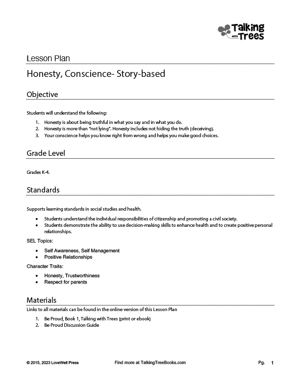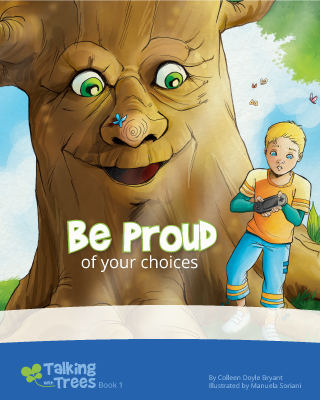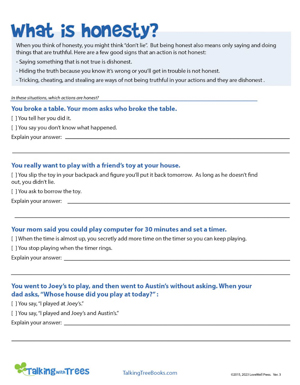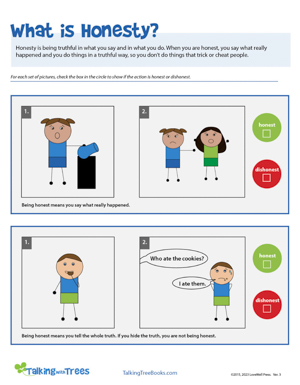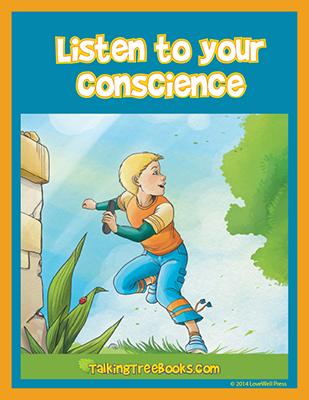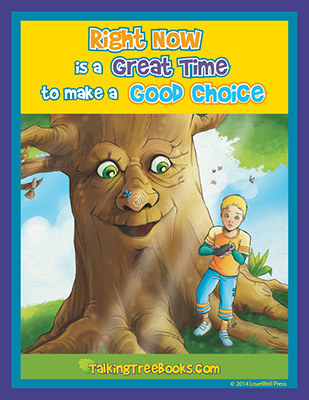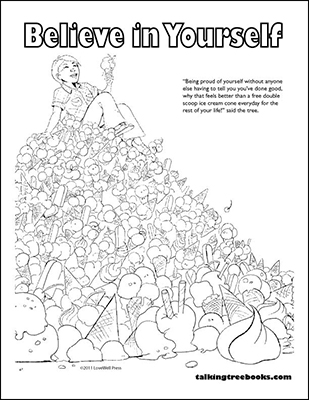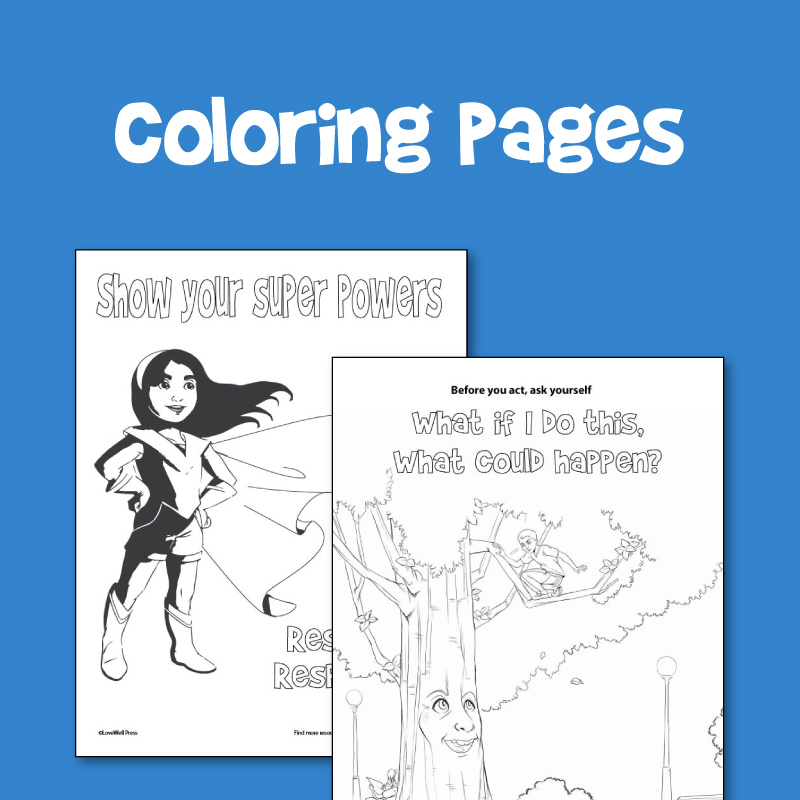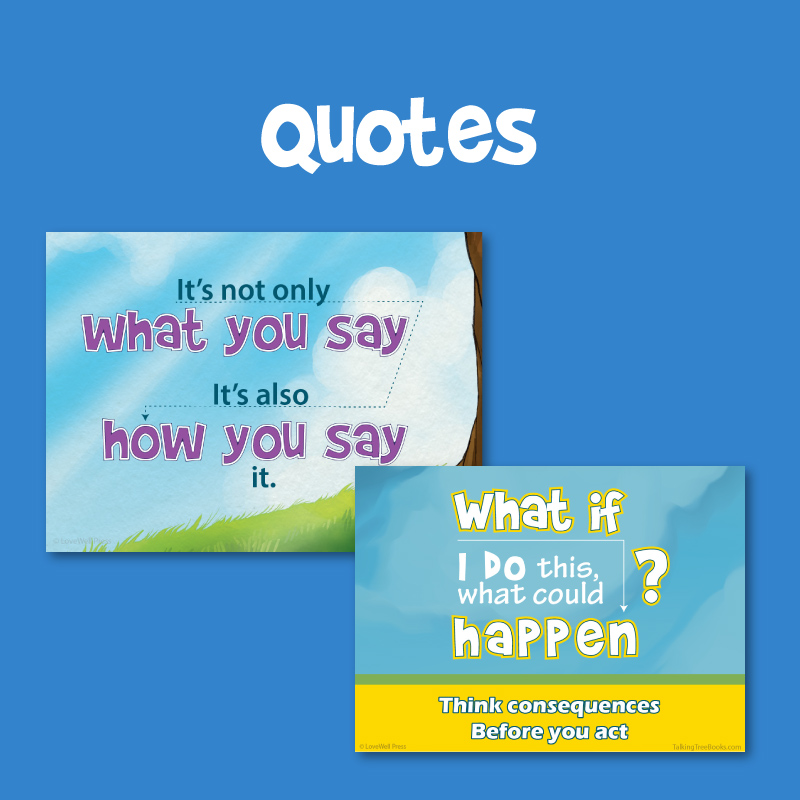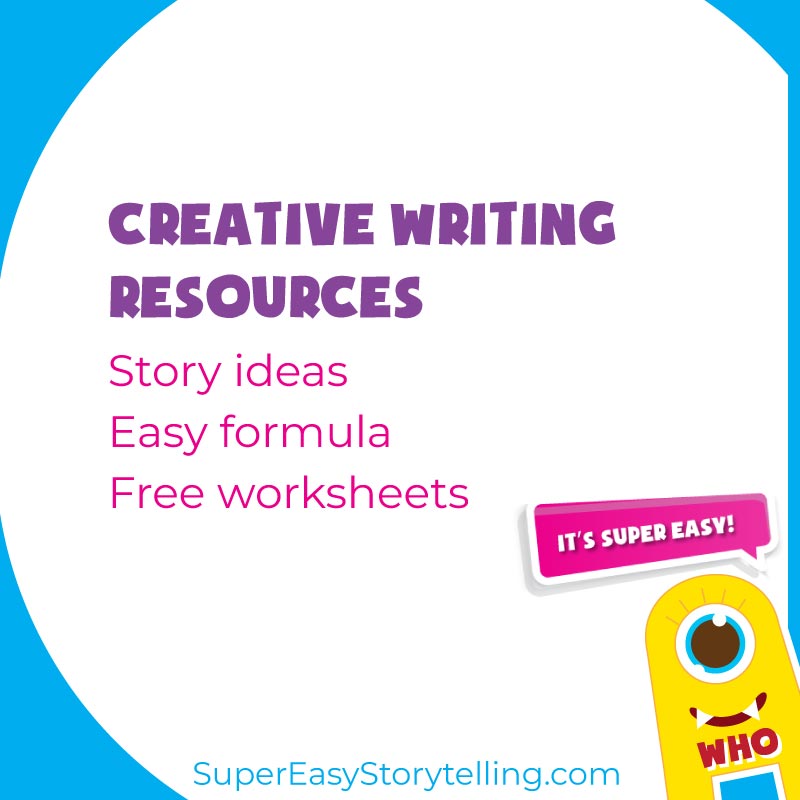Honesty Lesson Plan- Story based
Sunday School Lesson Plan for grades K-4
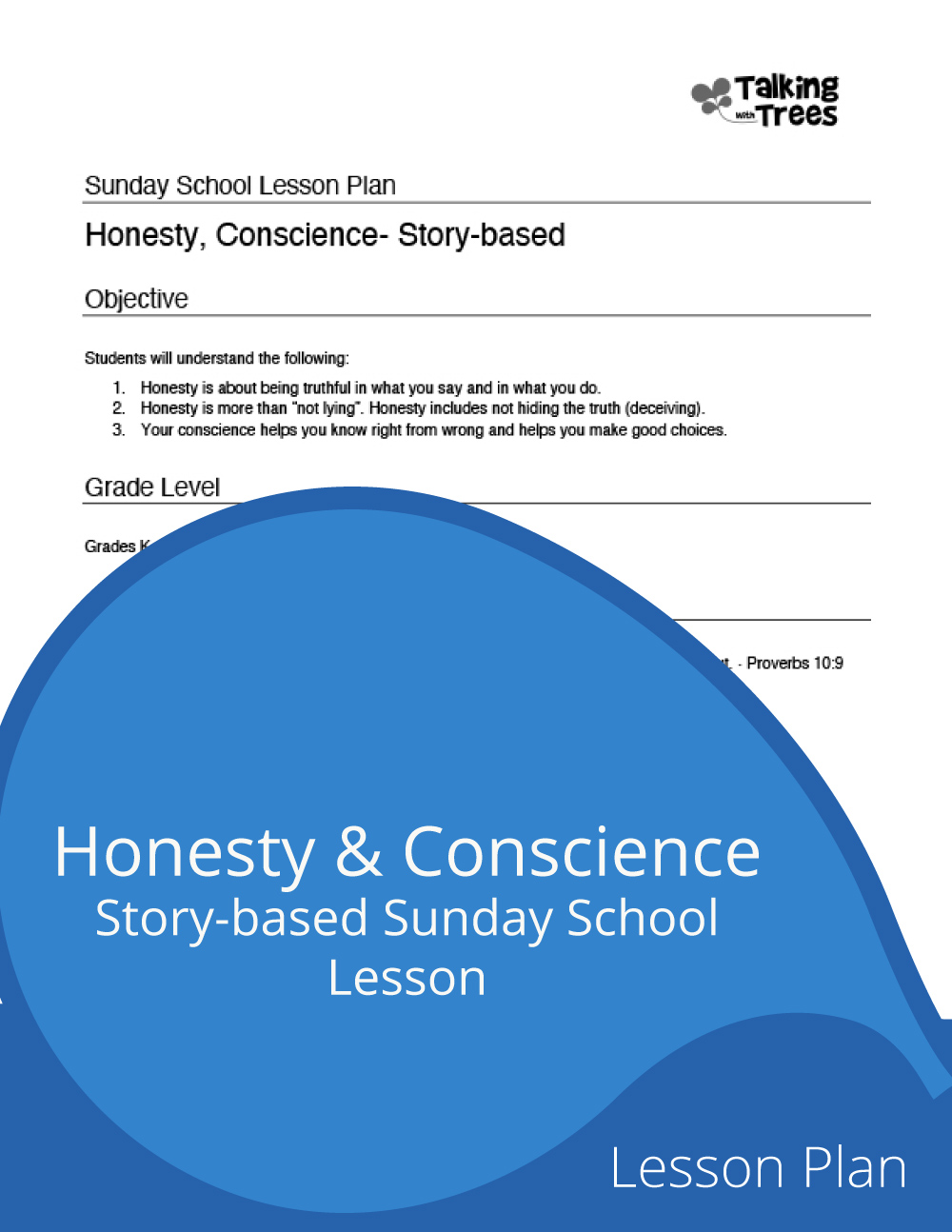
What is honesty? Sunday School Lesson
Objective
Children will understand the following:
- Honesty is about being truthful in what you say and in what you do.
- Honesty is more than "not lying”. Honesty includes not hiding the truth (deceiving).
- Your conscience helps you know right from wrong and helps you make good choices.
Grade Level
K - 4
Supporting Bible Verses
- The man of integrity walks securely, but he who takes crooked paths will be found out. - Proverbs 10:9
- The Lord detests lying lips, but He delights in men who are truthful. - Proverbs 12:22
Character traits
- Honesty, Trustworthiness
- Respect for parents
Download Resources
Our PDFs are free to print or share for non-commercial use, meaning you are welcome to link to our website for educational purposes, add PDFs to your Google classroom or print PDFs for in-class use.
Vocabulary
Honesty- Only doing or saying things that are truthful and morally right. Honesty includes
- telling the truth (not lying)
- acting in a way that is truthful and doesn’t hide the truth (not deceiving)
- only doing things that are morally right (not stealing or cheating).
Conscience- The voice in your head and feeling in your heart that tells you if something is right or wrong.
Procedures
Use the story in Be Proud, Talking with Trees Book 1,
to teach children how to listen to their hearts and minds (conscience) to guide honest choices.
Discuss what was dishonest about the boy’s actions.
Children often equate honesty with “not lying”. But if the boy doesn’t get caught, and doesn’t speak of it (he didn’t lie), he’s still being dishonest. Honesty includes saying and acting truthfully. Hiding the truth because you know it is a wrong action is a form of dishonesty.
On each page, focus on the boy’s facial expressions and body language.
How is he feeling? Help the children see how they can pay attention to the clues their hearts and minds give them about the choices they are making. This is their conscience helping them to feel whether something is right or wrong. Having this inner sense is essential to children being able to make honest choices when no one is watching.
Help children see the lasting good feeling the boy had after making the right choice.
Good choices feel good. Wrong choices feel wrong. When you make a wrong choice you might feel pleasure for a short time, but then you know in your heart that it was wrong and feel guilt or shame. Help the children equate good choices with feeling good, which helps them overcome the temporary appeal of the wrong choice.
Teach it is ok to make mistakes and that we use these opportunities to grow.
Use the story about the boy’s father to help children see that everyone makes mistakes. It’s part of growing up. By making the situation right and learning not to make the same choice next time, we are growing to be more responsible adults. Learning to forgive yourself for mistakes is important to building self-respect. Focus on learning and growing, and releasing the guilt/shame. Teach children to enjoy the feeling they get after doing the right thing.
Show how to switch to making a good choice.
Show children how simple it was to switch from making a wrong choice to a right choice. When they are in a situation, children may not know how to get themselves out of it. As the tree says,“Right now is a great time to make a good choice.” Teach them to recognize the feeling in their mind and body that tells them the choice doesn’t feel right, and how easy it is to change their course and start making a good choice. (Print a poster about conscience and making good choices.)

